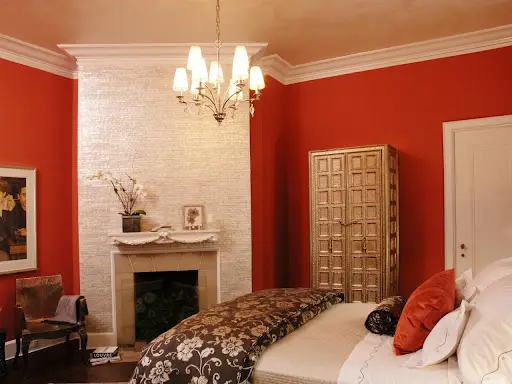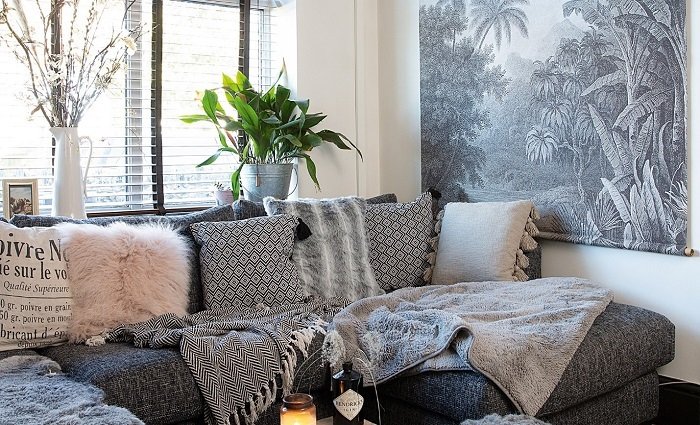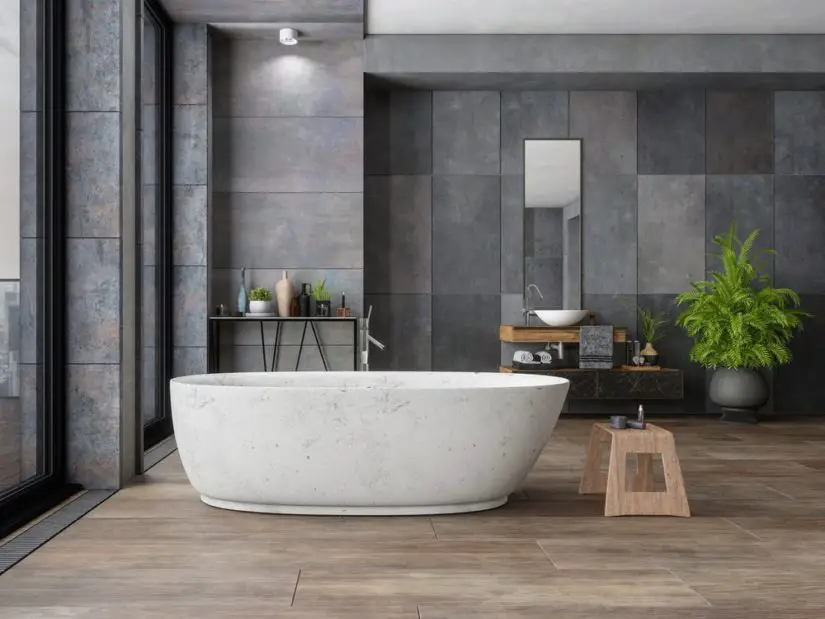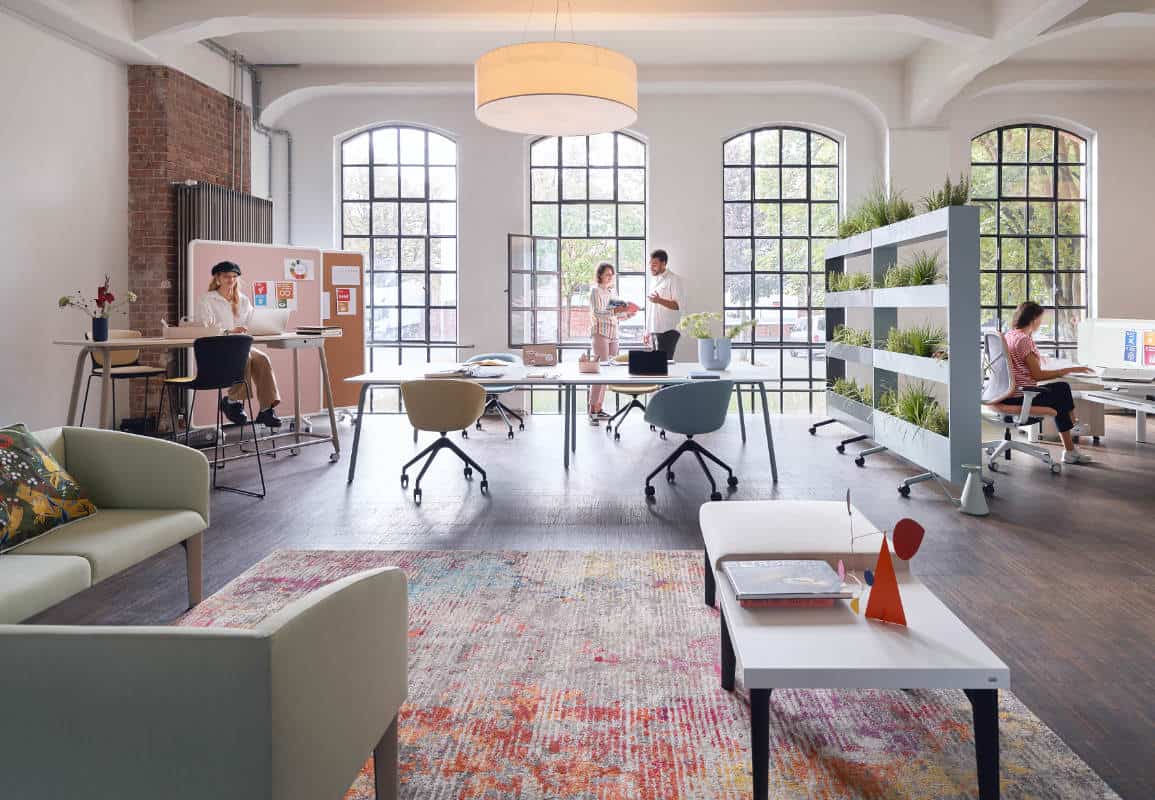Here are some fundamental interior design principles to assist you in creating your own dream home.
Height exaggeration
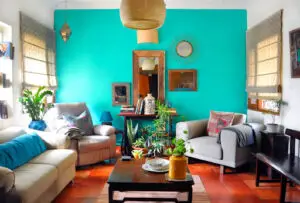
Consider low-profile furnishings such as couches and coffee tables if your ceilings are low to create the appearance of height. Mix low-profile furniture with tall, slender bookshelves to attract the eye upward. In addition to creating a comfortable mood in your home, mixing different heights will do so.
The walls, including skirting boards and ceiling, should be the same color, making the room appear large. It will be difficult to tell where the boundaries end and the ceiling starts.
Select a statement piece
Every room needs one statement or hero item, something that will surprise, delight, and affect your room. This may be a big piece of furniture in a bright color, a fantastic rug, a work of art, or a feature wall – anything guests will always notice when they walk into the room.
Make layers

Avoid the need to hurl everything into a room at once. Consider your environment in terms of layers, and add to them with color, shape, patterns, material, surface coating, lighting, photos, plants, and literature. You must follow your particular preference rather than what is popular.
Layered means the technique of blending a variety of fabrics, designs, colors, and textures in a way that lends individuality and warmth to a room. Layers make a place feel lived-in and comfortable.
Dress up your windows.
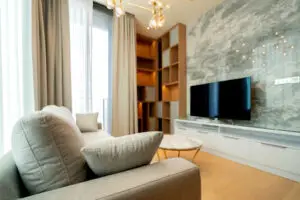
Curtains should never be hung at half-mast; instead, ensuring that they ‘kiss’ the floor or puddle beautifully,’ advise Heal’s design experts. Curtain panels must be one and a half to two times the window’s width. Double-width fabrics are ideal for extra-wide windows since they have fewer fabric seams.
How to decorate Small Spaces?
Concentrate on Lighting
Because of little or nonexistent windows, small areas can often feel dark. Eliminate the absence of natural light by placing enough light sources around the house, from the kitchen to the bedroom. For a pleasant and cheery ambiance, pair eye-catching ceiling fixtures, either a lovely pendant or an elegant, sleek mount, according to your ceiling height, with sconces or table lights.
Don’t be afraid to take risks.
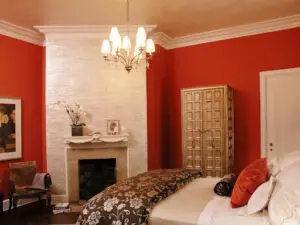
Because it is a small space, it can be something other than a white box. You can still use bright colors and appreciate the spaciousness of your place. A darker tone of paint used on the walls and ceiling might transform the room into a jewel box.
Experiment with Scale
There’s no reason to employ miniature furniture and decor in a small room. The trick is to select a few classic pieces that will catch your attention. You can utilize usual furniture and large-scale art; you need to use fewer pieces overall in the room.
Maintain a Clear Floor
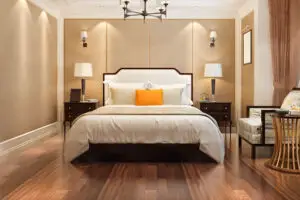
You need space for needs, but even the most elegantly designed home requires a space decorated small room is useless if you can’t walk in it. Floating components, such as shelving and nightstands, can keep the floor clear of obstacles while also giving extra storage beneath if required. Use chandeliers and wall lights instead of floor lamps.
Mirrors Can Be Your Best Friend.
If you don’t have much natural light, mirrors can allow you to maximize what you get by reflecting it throughout the room. Mirrors can also assist make a small space appear larger by creating the illusion of additional square footage. Consider covering a wall with a giant mirror or putting together a gallery wall of various sizes and forms.
Modern Living Room Furniture for Small Spaces
Ottomans:
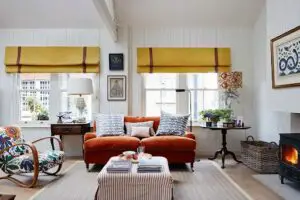
An ottoman is one of the most adorable living room furniture ideas. These little poufs or cushioned square tables usually complement your other modest living room furniture.
When designing furniture for small spaces, mixing furniture types and sizes is always a good idea. This is where a snugly fitted ottoman might come in handy as an extra seat, small table, or even a leg rest!
Coffee Tables for Conversation:
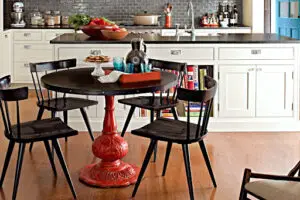
In most small homes, the living room serves as a dining, relaxing, and reading corner for children. When homes are designed in this manner in a modern, quick world, living furniture for compact spaces must contain a coffee table.
A healthy coffee table saves space by combining storage, location, and decor! You can set these in the center of your living space or side.
Elegantly Modern TV Units:
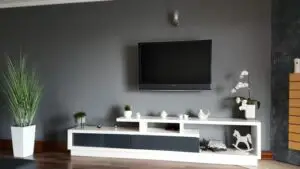
When trying to reduce space, it makes sense to wall-mount the TV. What if we told us that putting it on a table saves you even more space?
This is possible when the stylishly designed TV cabinets feature curated bookshelves and racks to organize all your necessary living room goods like books, newspapers, photo frames, centerpieces, etc.
